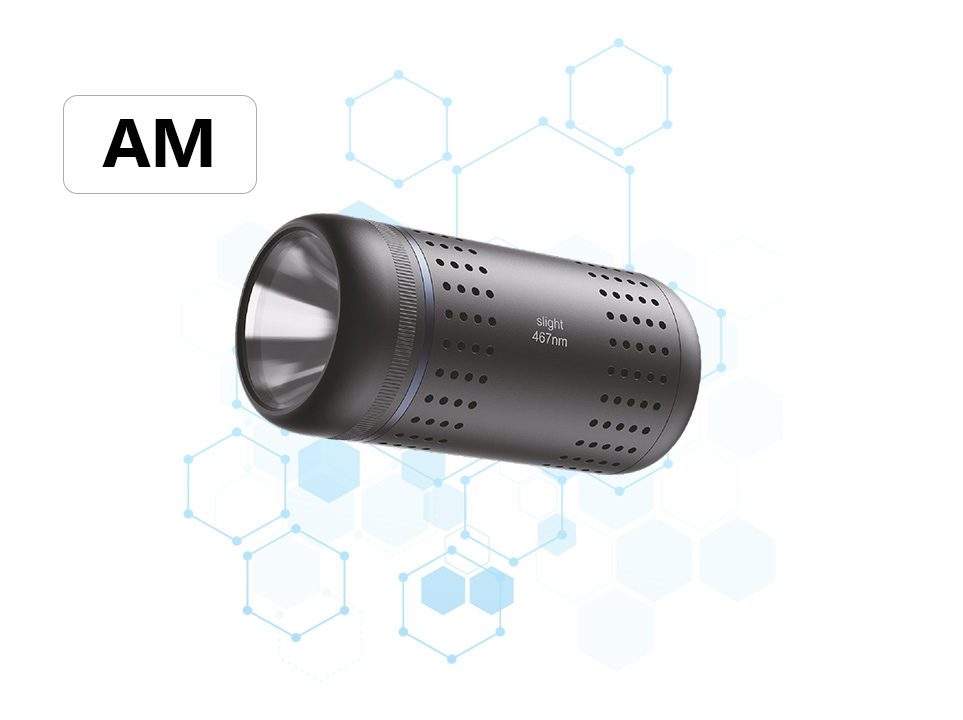Application of UV continuous flow reactor in pharmaceutical production
Abstract:
The integration of ultraviolet (UV) technology within continuous flow reactors has emerged as a transformative approach in pharmaceutical production, offering significant advantages in terms of process efficiency, product quality, and environmental sustainability. This paper delves into the principles, configurations, and practical implementations of UV continuous flow reactors (UV-CFRs), emphasizing their pivotal role in enhancing various unit operations within the pharmaceutical industry. By leveraging the unique properties of UV radiation, these reactors facilitate rapid and selective chemical transformations, enabling the synthesis of complex molecules with high yields and purities.
Introduction:
Pharmaceutical manufacturing often involves intricate chemical reactions that require precise control over reaction conditions to ensure product efficacy and safety. Traditional batch reactors, while widely used, may suffer from limitations such as inconsistent mixing, heat and mass transfer inefficiencies, and prolonged reaction times. In contrast, continuous flow reactors (CFRs) offer a promising alternative by promoting better mixing, enhanced heat transfer, and the ability to scale processes linearly. Among the various types of CFRs, UV-CFRs stand out due to their capacity to activate chemical bonds non-thermally, thereby enabling mild reaction conditions and minimizing side product formation.
Principles and Configurations of UV-CFRs:
UV-CFRs harness the energetic photons emitted by UV lamps to induce chemical reactions. These reactors are typically configured with a transparent tubing material (e.g., quartz or fluorinated polymers) that allows UV light to penetrate and interact with the reacting mixture. The design can vary, including coiled tubing for maximum exposure time or straight-through channels for high-throughput applications. Additionally, the integration of static mixers or other flow-enhancing elements ensures uniform exposure of the reactants to UV light, thereby optimizing reaction kinetics.
Key Applications in Pharmaceutical Production:
Photochemical Synthesis:
UV-CFRs excel in photochemical reactions, such as the synthesis of pharmaceuticals that contain aromatic rings or unsaturated bonds. By precisely controlling the wavelength and intensity of UV light, specific chemical transformations can be achieved with high selectivity and yield.Oxidation and Reduction Reactions:
UV radiation can catalyze oxidation and reduction processes, enabling the synthesis of drugs with specific functional groups. These reactions often occur under mild conditions, reducing the need for harsh chemicals or high temperatures, thus preserving the integrity of sensitive molecules.Stereoselective Synthesis:
The stereoselective formation of pharmaceutical intermediates and active pharmaceutical ingredients (APIs) is critical for efficacy. UV-CFRs can promote stereoselective reactions through controlled light exposure, leading to higher purity products with reduced by-product formation.Degradation and Purification:
UV light can also be employed for the degradation of impurities or unwanted by-products in pharmaceutical solutions. Continuous flow configurations ensure efficient removal of contaminants while maintaining the desired active compound's integrity.
Advantages and Challenges:
The advantages of UV-CFRs in pharmaceutical production are numerous, including enhanced reaction rates, improved product quality, reduced energy consumption, and easier scale-up. However, challenges such as reactor design optimization, material compatibility, and the need for specialized UV light sources remain. Furthermore, the economic feasibility and regulatory approval processes for UV-based technologies in pharmaceutical manufacturing must be thoroughly addressed.
Keywords: UV continuous flow reactor, pharmaceutical production, photochemical synthesis, oxidation, reduction, stereoselective synthesis.





